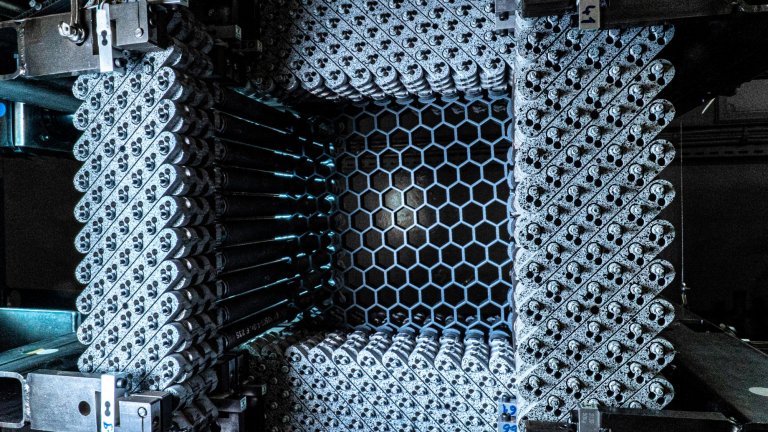
© Maxence WANGERMEZ / Martin PONCELET / LMPS / CNRS Photothèque
View the mediaScientific news
With its focus on mechanics, this year is more than ever an opportunity to immerse yourself in a world of little-known beauty, highlighted by a competition that is sure to amaze you...

© Maxence WANGERMEZ / Martin PONCELET / LMPS / CNRS Photothèque
View the mediaIf you hear the word "mechanics", you're more likely to think of the roar of an engine than a photo exhibition in a famous art gallery. And yet, mechanics as a science is well worth a look.
All you have to do is look at the thirteen incredible photos entered for the Mécapixel prize to see for yourself: a replica aorta, deformed steel, a machine that looks like a honeycomb... They all reveal themselves in a dazzling light through the eye of the photographer, and invite us to take a different look at the science of mechanics. A successful challenge for the Institut des sciences de l'ingénierie et des systèmes (INSIS) of the CNRS, which is organising this original competition. The three winners will be honoured at a symposium to be held on 1 June at the Académie des sciences in Paris.
But that's not all: in 2022 we're celebrating the year of mechanics, which has many more applications than you might think, and just as many little-known beauties... We invite you to discover this world, which is more wonderful than it seems, through a selection of recent photos and videos we've put together!
Our work is guided by the way scientists question the world around them and we translate their research into images to help people to understand the world better and to awaken their curiosity and wonderment.